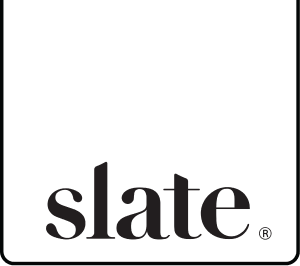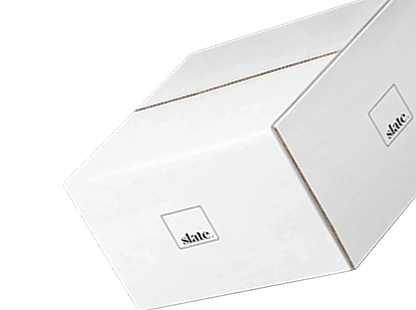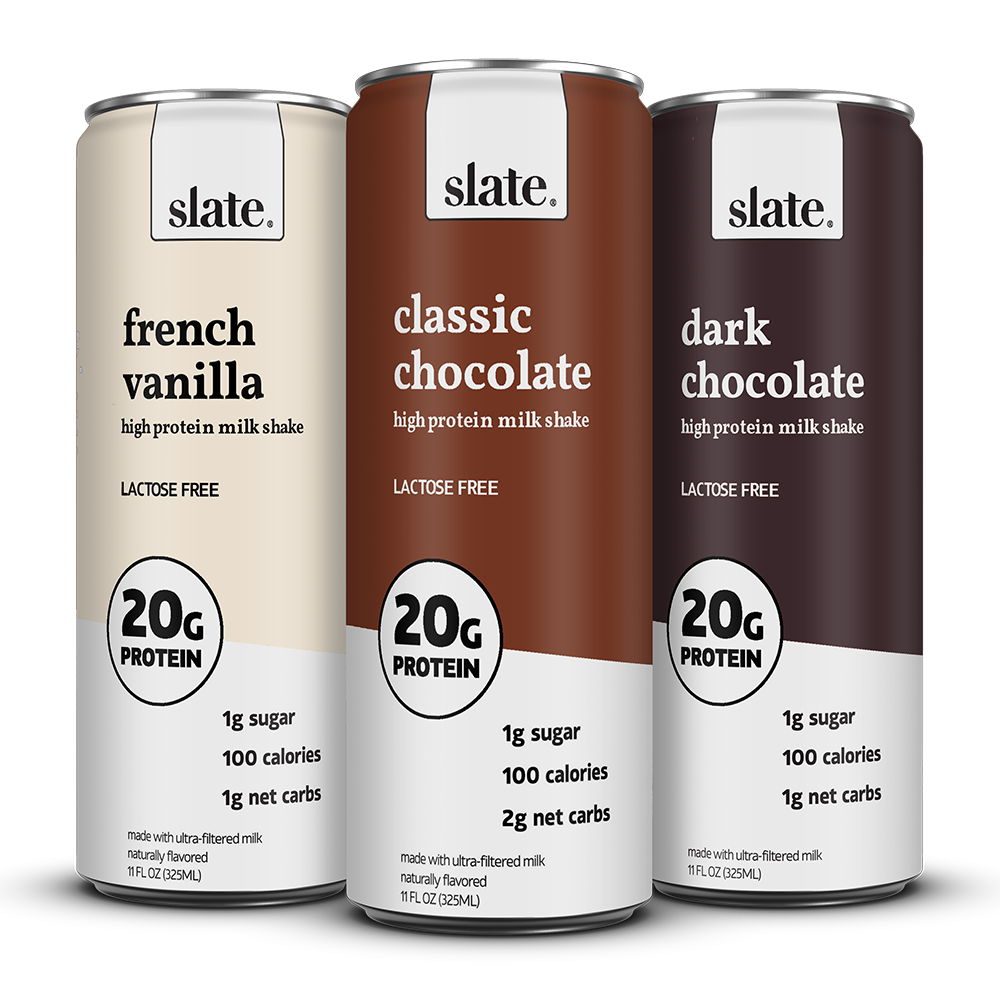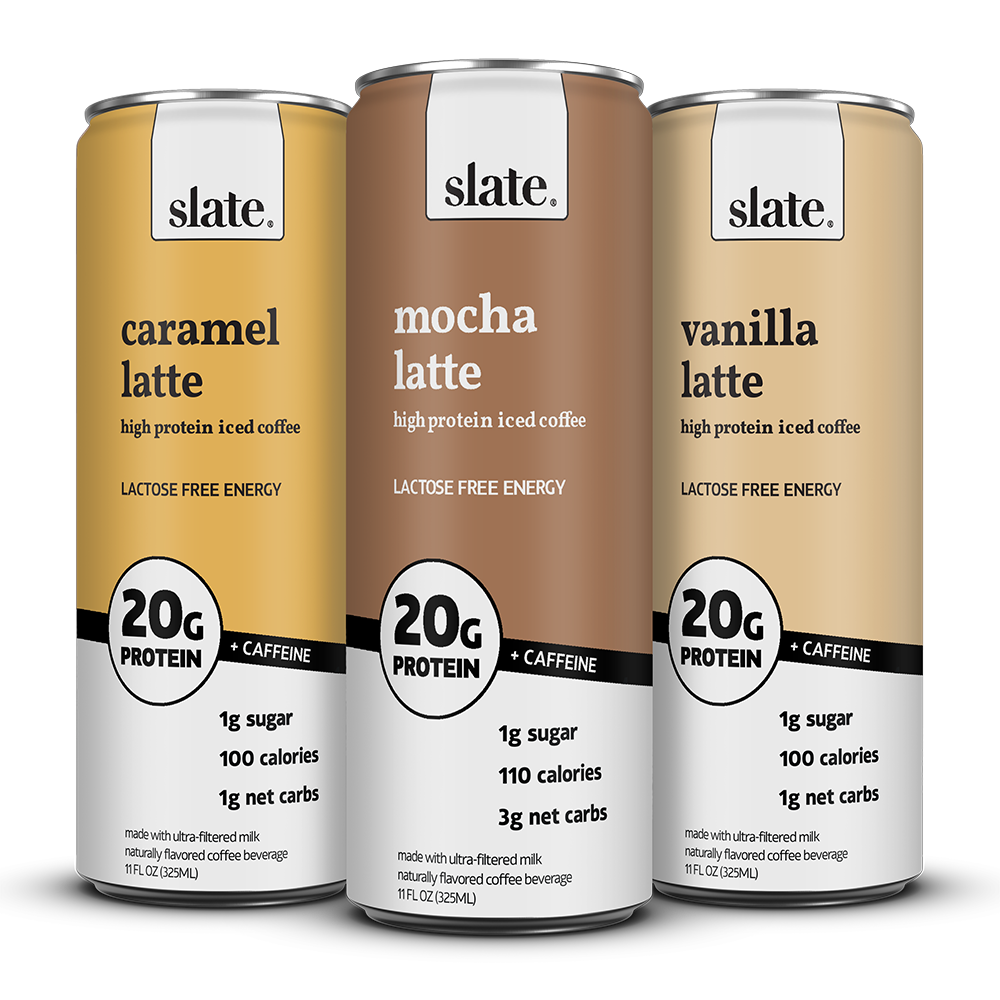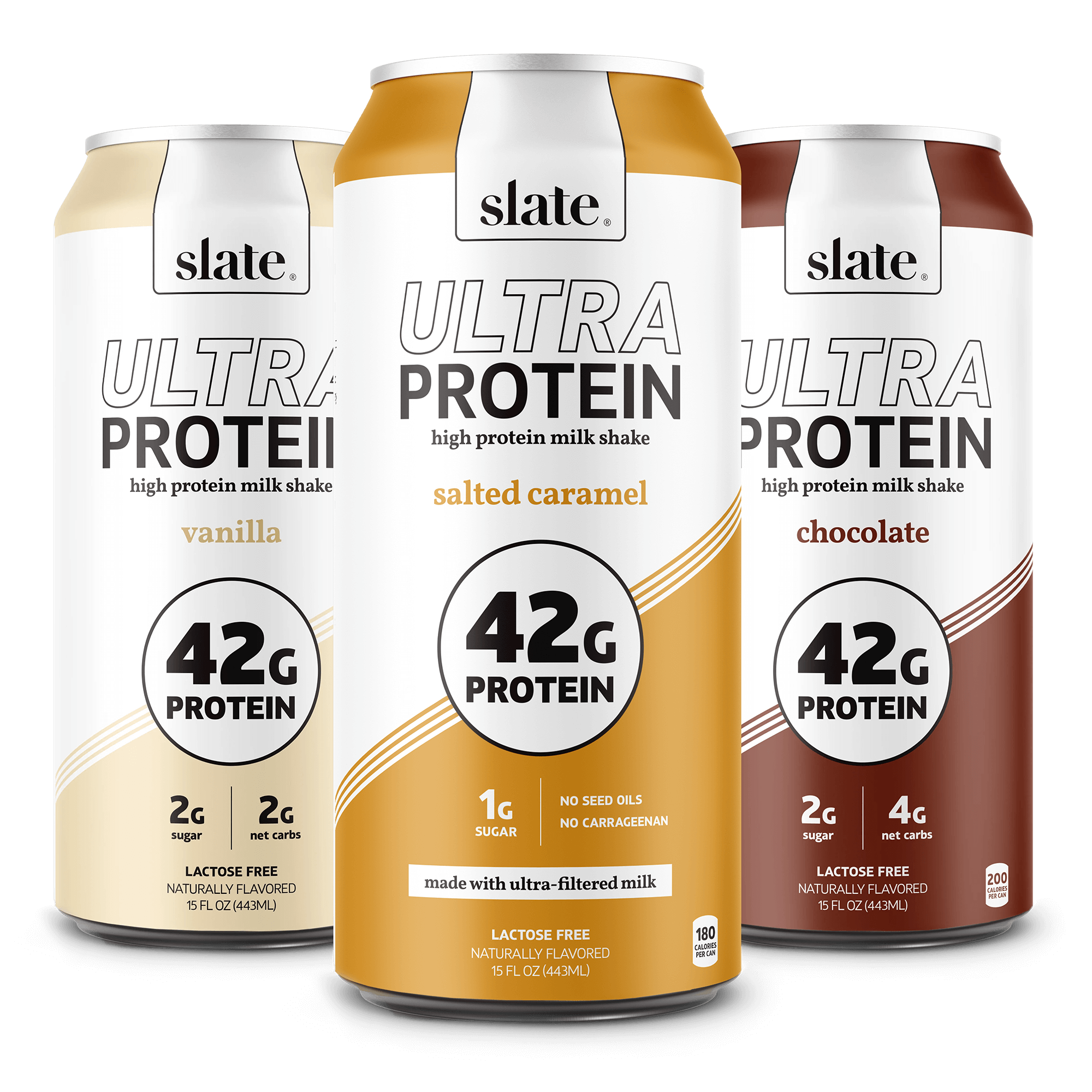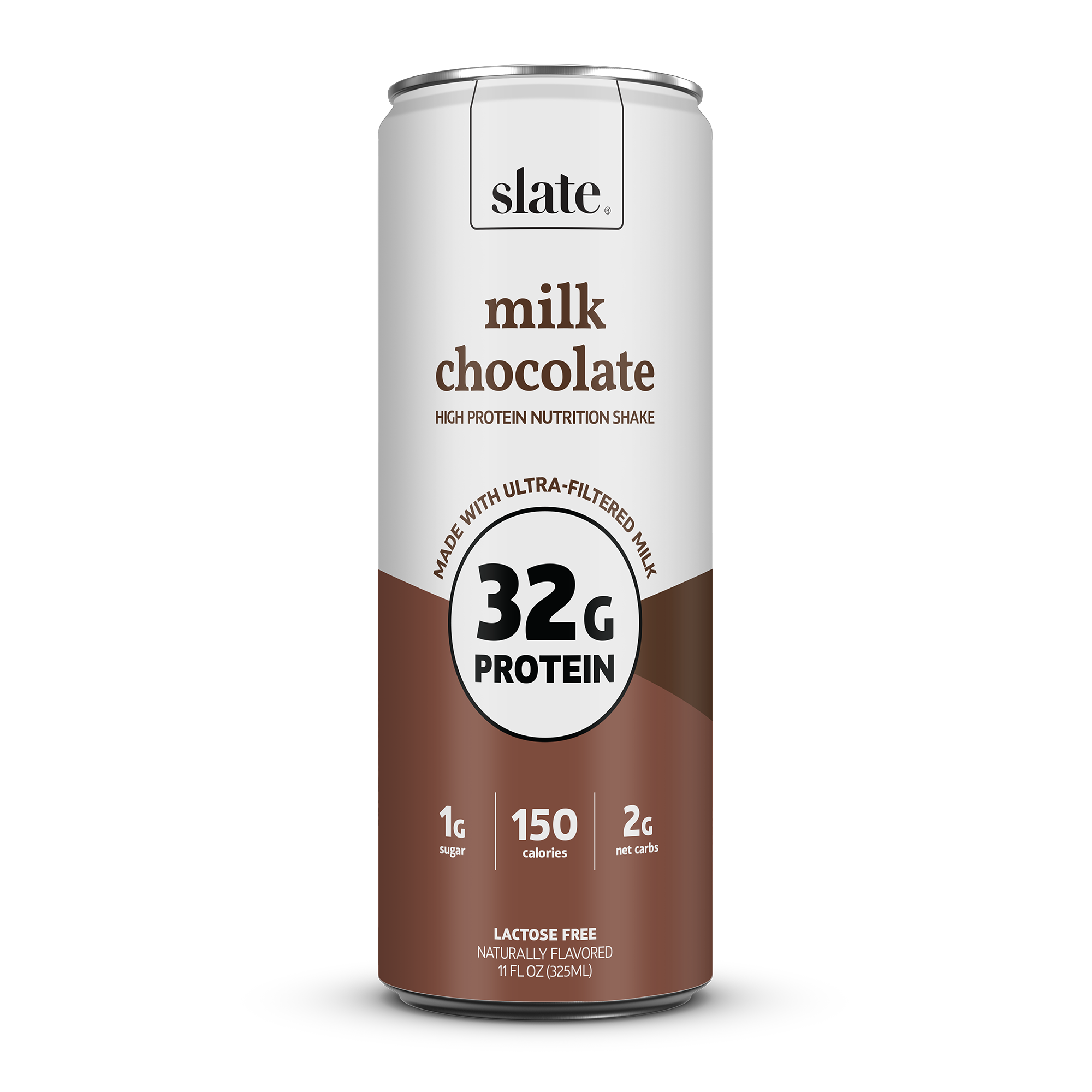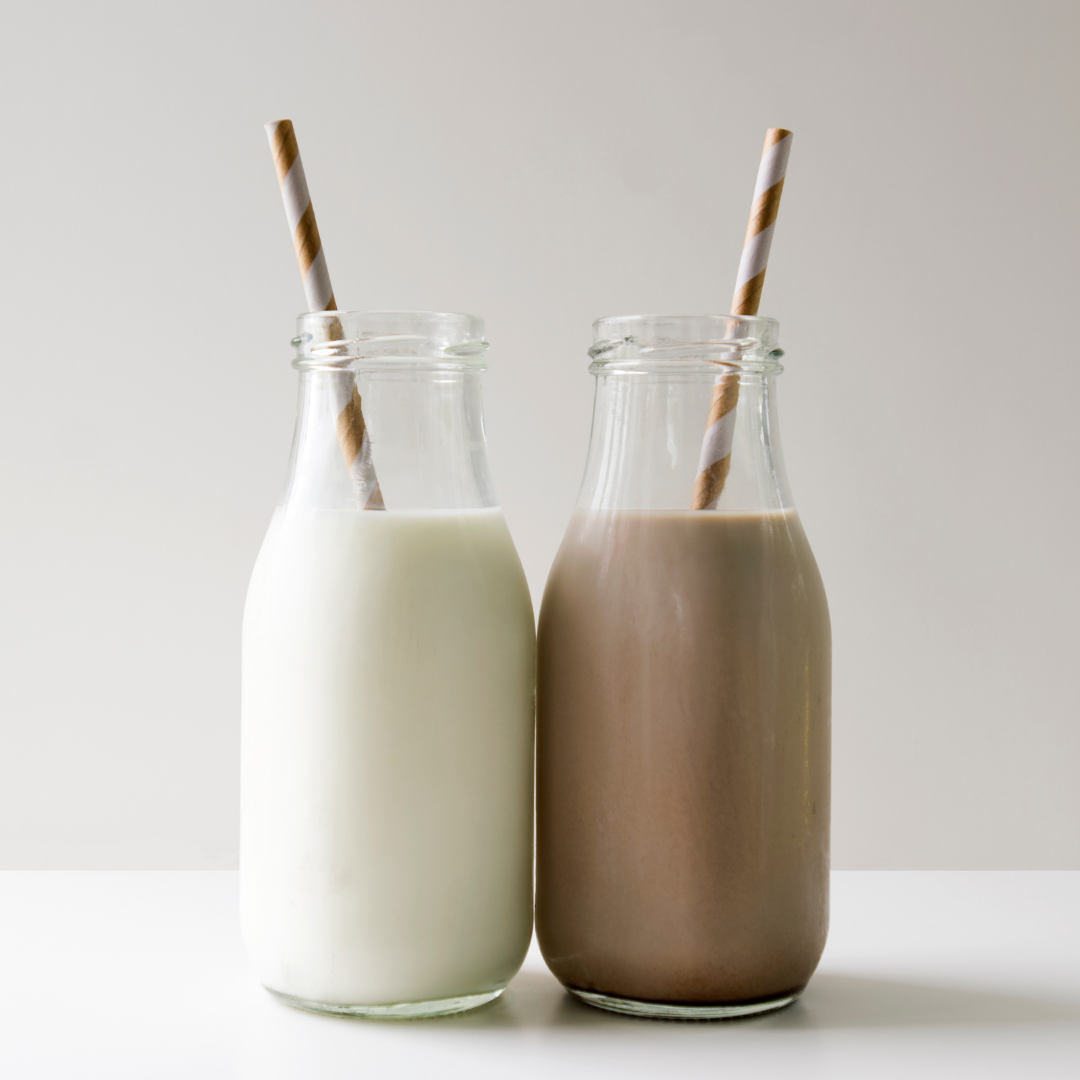Have you heard any of these?
“Wait… lactose free means it doesn’t have dairy in it right?”
“If it’s lactose free how can it be REAL milk?”
“How the heck do you get lactose out of milk!?”
Here’s why:
Lactose is a sugar found in milk. Our bodies naturally produce an enzyme called ‘lactase’ that helps digest it. That enzyme is how 35% of people in the world can handle consuming lactose products. LactOSE enters your body, lactASE breaks it down, you're good to go.
The other 65%, those who are lactose intolerant (and proud) like us, aren’t able to produce enough lactase enzymes to enjoy milk, cheese, ice cream, all that good stuff.
For a deeper dive into lactose check out our previous blogs HERE.
LACTOSE FREE
Lactose free products are real dairy products that have that lactase enzyme we mentioned above ADDED to the milk. The lactase breaks down the lactose in these dairy products so that your body can safely absorb it.

OK OK - so what’s left behind in the milk once we get rid of the lactose?
THE HEALTHY STUFF: Milk proteins such as whey and casein, and vitamins & minerals. This is still dairy, but now, it’s lactose free.
Whey and casein are proteins derived from milk. You’ll notice a lot of protein powders on the market are made from either whey or casein. Casein digests slowly, making it a good protein to have before bed. Whey, on the other hand, digests quickly and helps with muscle growth and recovery. This is a great option to have post-workout.
Aside from the proteins, dairy products have A TON of important vitamins and minerals. The obvious one being calcium, which has a very high bioavailability.
According to the National Institutes of Health (NIH), “calcium is required for vascular contraction and vasodilation, muscle function, nerve transmission, intracellular signaling and hormonal secretion.” In other words, it’s good for you.
DAIRY FREE
These dairy free products will ALSO be lactose free. That might be confusing so let’s make it simple:
Dairy free = NO dairy and NO lactose.
Lactose Free = NO lactose. YES dairy.
Get it?
Cool.
Cheers,
The Slate Milk Squad
Written by Sam Okrasinski, Contributing Author
